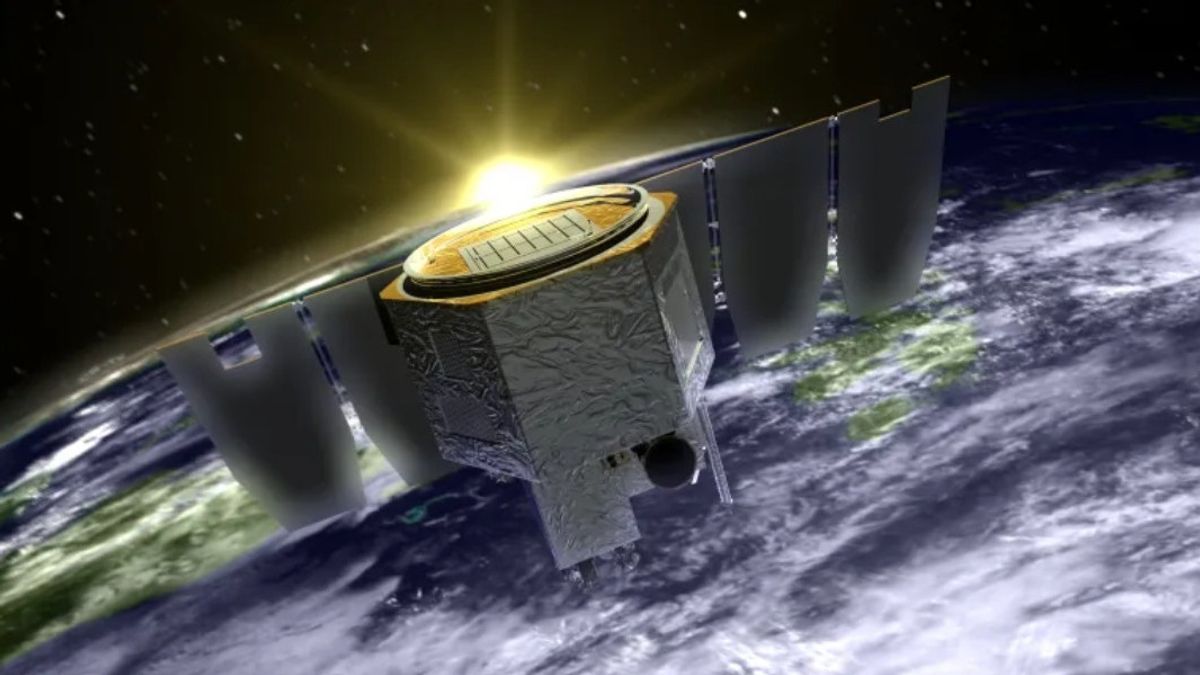JAKARTA The Aeronomy of Ice in the Mesosphere (AIM) is a mission launched by NASA in 2007. This mission was able to operate for 16 years until March last year.
Not long ago, NASA said that the AIM spacecraft would slowly descend from orbital altitude. The plane will re-enter Earth's atmosphere and catch fire in 2026.
AIM is a very important mission to study the highest clouds on Earth, namely the mesosphere with an altitude of 350 miles from the Earth's surface. The aircraft was launched to assist scientists in studying the atmosphere.
"AIM assistance to understand this region is very important in providing insight into how lower atmospheric layers affect space weather," said AIM Mission Scientist Diego Janches, quoted from NASA's blog.
In line with Janches' statement, the AIM mission was very helpful because of his long tenure. Initially, this mission was only launched for a two-year term. However, for one reason or another, the mission continues to be extended.
Therefore, AIM Principal Researcher Scott Bailey said that AIM was a very successful mission. This mission has provided broad insight into the noctilute cloud and atmospheric gravitational waves.
"This (mission) has answered core questions that help us understand how the noctilute clouds and atmospheric gravitational waves vary over time and location," Bailey said.
SEE ALSO:
During his tenure, AIM has collected a lot of data to produce nearly 400 scientific publications. This publication includes an understanding of the formation of meteor smoke and water vapor from rocket exhausts as well as triggers for cloud changes.
Over time, scientists realized that AIM data could be used to study the undidulation or gravitational waves of the atmosphere. This wave connects the weather on the earth's surface with atmospheric disturbances.
Although AIM is no longer functioning due to hardware problems that cannot be fixed remotely, the data collected remains useful to date. These data will continue to be studied, even until AIM catches fire in the atmosphere.
"There is still agigabytrodegigabytedata AIM that needs to be learned. Along with our improved models and computing capabilities, people will make more discoveries using AIM datasets," said AIM Deputy Principal Researcher Cora Randall.
The English, Chinese, Japanese, Arabic, and French versions are automatically generated by the AI. So there may still be inaccuracies in translating, please always see Indonesian as our main language. (system supported by DigitalSiber.id)


















